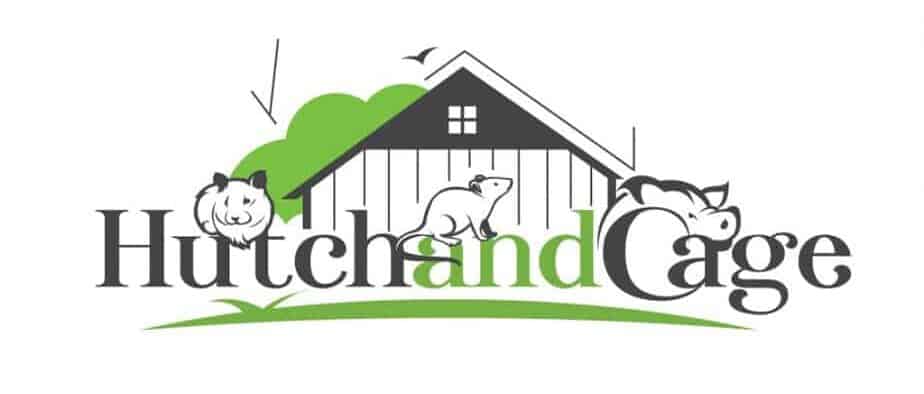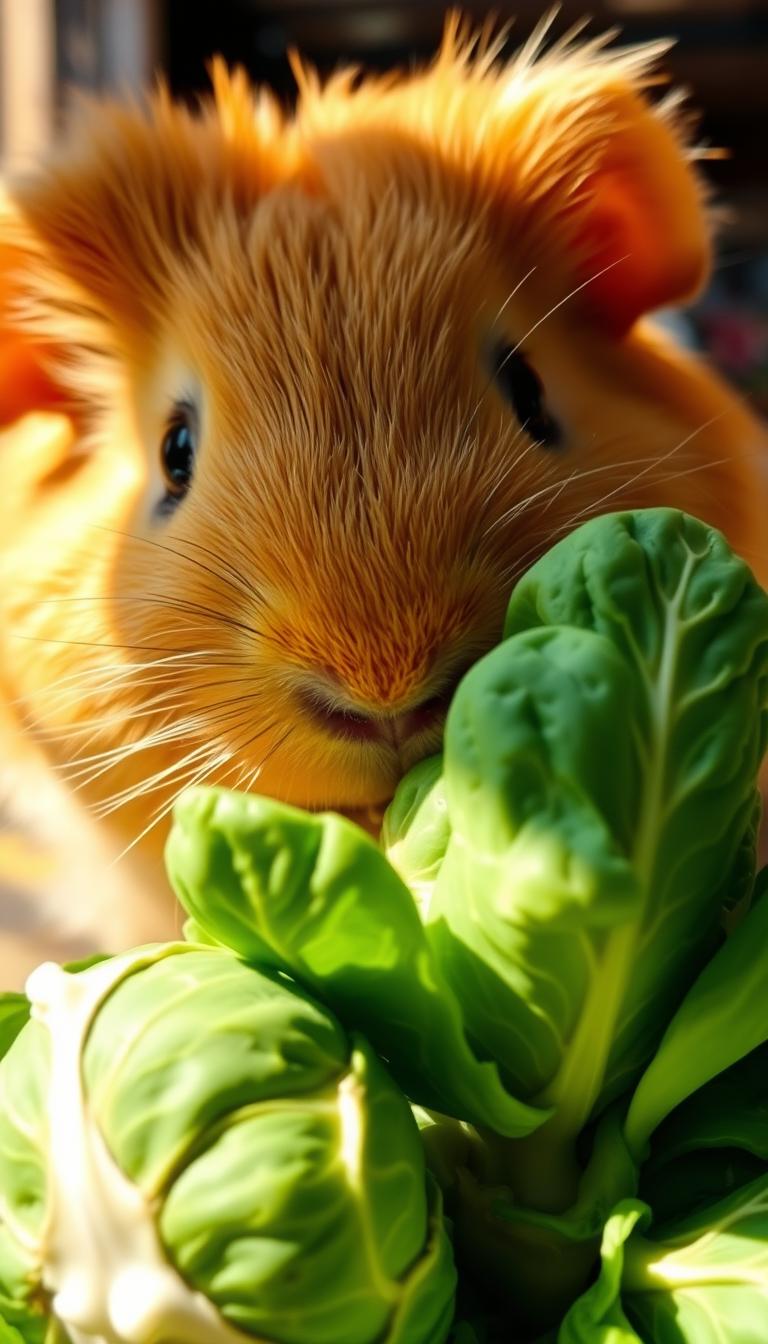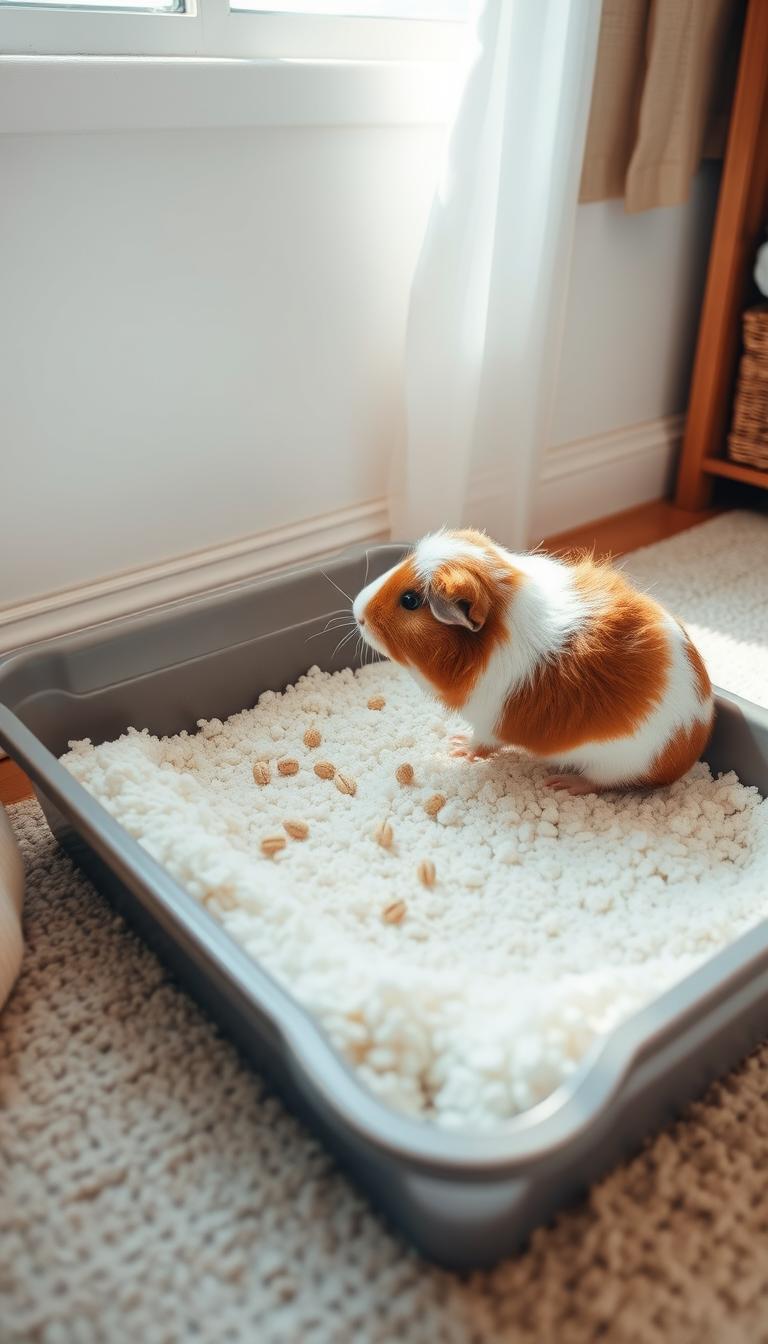If you’re looking to add variety to your pet’s diet, you might wonder about safe vegetable options. This guide breaks down the essentials of feeding a popular leafy green to your small companion. Let’s dive into what makes this veggie both beneficial and tricky for their delicate digestive systems.
Brussels sprouts pack a powerful nutritional punch, offering vitamins A, C, and K. These nutrients support vision, immunity, and healthy blood clotting. The high fiber content also aids digestion, making them a smart choice for balanced meals.
However, moderation is key. These veggies contain oxalates, which can lead to kidney issues if overfed. Their cruciferous nature might also cause gas—something small pets struggle with. Always introduce new foods slowly to avoid upsetting your furry friend’s stomach.
You’ll learn how to prepare these greens safely, including washing techniques and portion sizes. We’ll also explore how they fit into a diverse diet without replacing staple foods like hay. By the end, you’ll feel confident making informed choices for your pet’s health.
Table of Contents
Exploring the Nutritional Benefits of Brussel Sprouts

When considering additions to your pet’s meals, few veggies pack as much nutritional value as Brussels sprouts. These tiny cabbages deliver essential compounds that support overall wellness while adding excitement to their plate.
Key Vitamins and Nutrients
A single serving offers 754 IU of vitamin A—critical for sharp vision and a robust immune system. The 85 mg of vitamin C per 100g aids digestion and speeds up tissue repair, while 177 µg of vitamin K promotes healthy blood flow and bone density.
These nutrients work together like a wellness toolkit. Vitamin C’s role in collagen production helps keep your furry friend’s skin and joints supple, especially when paired with other nutrient-rich veggies.
Antioxidants and Dietary Fiber
Brussels sprouts shine with antioxidants that neutralize cell-damaging free radicals. Their high fiber content—about 3.8g per 100g—supports smooth digestion without spiking carb intake.
This combination makes them ideal for maintaining gut health. Just remember: moderation ensures your pet reaps the benefits without discomfort. Pairing small portions with hay or leafy greens creates balanced meals they’ll love.
Can Guinea Pigs Eat Brussel Sprouts? – Safe Serving Practices

Offering new treats to your furry companion requires careful balance between excitement and safety. Let’s explore how to serve this veggie responsibly while keeping meals enjoyable.
Portion Control Matters
Three to four fresh leaves make an ideal serving—about the size of a quarter. Limit this treat to twice weekly maximum to prevent digestive upset. For whole sprouts, share one small piece between multiple pets.
Rotate these greens with other vitamin-rich options like bell peppers or cilantro. This variety helps avoid nutrient overload while keeping mealtime interesting.
Cleaning and Prep Essentials
Always rinse leaves under cool running water for 30 seconds. Pat dry with paper towels to remove lingering moisture. Trim tough stems before serving to create bite-sized pieces.
Store unused portions in airtight containers for up to three days. Discard any wilted or discolored leaves immediately—freshness is key for sensitive stomachs.
Remember: these veggies should never replace hay or pellets in daily meals. Use them as occasional supplements to support overall health without causing imbalance.
Understanding the Potential Risks of Brussel Sprouts

While these veggies offer nutritional benefits, they come with specific challenges for small pets. Balancing their advantages with awareness of possible drawbacks helps maintain your companion’s well-being.
Oxalate Concerns and Bladder Stone Formation
Brussels sprouts contain oxalates—natural compounds that bind with calcium. Over time, this combination can form crystals in the urinary tract. If left unchecked, these may develop into painful stones requiring veterinary care.
Your pet’s body processes small amounts effectively. But frequent servings overwhelm their system. Stick to occasional treats to prevent mineral buildup while still providing variety.
Digestive Issues from Cruciferous Vegetables
The same fibers that aid digestion can backfire in excess. Gas and bloating often follow overfeeding, especially with cruciferous varieties. Watch for signs like reduced appetite or unusual stool patterns.
Fat-soluble vitamins pose another concern. Unlike water-soluble nutrients, they store in body tissues. Moderation ensures your furry friend gains health benefits without vitamin overload.
Always pair sprouts with hay—their digestive system’s anchor. This combination supports gut balance while minimizing discomfort from new foods.
Integrating Brussel Sprouts into a Balanced Diet

Variety isn’t just the spice of life—it’s essential for your pet’s well-being. Crafting meals that combine nutrient powerhouses like Brussels sprouts with complementary veggies ensures your furry friend thrives without digestive surprises.
Complementing with Other Nutrient-Rich Veggies
Pair those leafy greens with bell peppers or shredded carrots for a colorful plate. Rotate cruciferous options weekly—swap sprouts with broccoli florets or cauliflower leaves to prevent vitamin overload. This keeps meals exciting while supporting overall health.
Create a weekly plan that limits sprouts to two small servings. Combine them with high-moisture veggies like cucumber to offset their dense fiber content. Always prioritize a hay-based diet—roughage should make up 80% of daily intake.
The low-carb nature of these veggies works best alongside calcium-rich options like parsley. This balance helps maintain strong bones without straining the urinary tract. For picky eaters, mix finely chopped sprouts into leafy greens to encourage exploration.
Remember: diversity prevents boredom and nutritional gaps. A rotating menu of 5-6 safe vegetables gives your piggy all the benefits without relying too heavily on any single food. Watch their energy levels and stool consistency to fine-tune portions.
Tips for Introducing New Foods to Your Guinea Pig
Expanding your pet’s menu can be exciting, but patience makes all the difference. Start with a pea-sized piece of Brussels sprout leaf during their regular mealtime. This lets you test reactions without overwhelming their system.
Gradual Introduction and Monitoring
Watch closely for 48 hours after the first time offering this veggie. Normal droppings and active behavior mean your little guy is handling it well. If you spot soft stools or less energy, pause new foods for a week.
Increase portions slowly—think thumbnail-sized pieces after three successful trials. Always rinse leaves thoroughly since sprouts contain surface residues. Dry them completely to prevent digestive issues.
Use a small cup in their cage for food experiments. This keeps uneaten bits contained and makes cleanup easier. Remove leftovers within two hours to avoid spoilage.
Some pets nibble cautiously while others dive right in. If yours leaves sprouts untouched, try mixing shreds with favorite greens. Consistency matters—sometimes it takes four attempts before they eat Brussels sprouts willingly.
Remember: every pet has unique tastes. What works for one might not suit another. Keep portions tiny until you’re sure it’s the right thing for your furry friend’s diet.
Monitoring Your Guinea Pig’s Health After Dietary Changes

Keeping a close eye on your pet’s well-being becomes crucial when introducing new foods. Small animals like these rely on steady routines, so even minor dietary shifts require thoughtful observation. Watch for changes in behavior or appetite—these often signal how their body handles adjustments.
Start by tracking bathroom habits daily. Healthy droppings should remain firm and consistent. Soft stools or reduced output could mean digestive strain. Pair this with weekly weight checks—a sudden 10% loss demands immediate attention.
| Symptom | Normal Adjustment | Concerning Signs |
|---|---|---|
| Appetite | Brief hesitation with new food | Refusing favorite treats for 12+ hours |
| Energy Levels | Slightly quieter first day | Lethargy lasting 2+ days |
| Hydration | Normal water intake | Sunken eyes or dry nose |
Create a simple log to record food portions, activity patterns, and stool quality. Note any sneezing or unusual fur changes—these small animals often hide illness until it’s advanced. If symptoms persist beyond 48 hours, consult your vet.
Balance is key. While fat-soluble vitamins in some veggies support health, overconsumption can strain their system. Rotate safe vegetables to maintain nutritional variety without overwhelming their digestion.
Remember: gradual changes help maintain stability. Your furry friend’s resilience depends on your vigilance—spotting subtle shifts early prevents bigger issues down the road.
Final Thoughts on Your Guinea Pig’s Diet
Balancing nutrition and safety forms the foundation of smart pet care. Offering Brussels sprouts occasionally provides essential vitamins while keeping meals engaging. Remember: variety matters more than quantity when planning their plate.
These veggies shine as a nutrient-rich addition when served properly. Follow the preparation guidelines to maximize benefits without risks. Pair small portions with leafy greens and crunchy peppers for texture diversity.
Watch your furry friend closely during dietary changes. Healthy stools and steady energy levels confirm they’re thriving. Adjust serving sizes if you notice softer droppings or reduced activity.
Ultimately, a rotating menu supports overall health better than relying on one superfood. Combine sprouts with hay-based meals and calcium-controlled veggies for balanced nutrition. Your attentive care helps these social animals enjoy every nibble safely.



